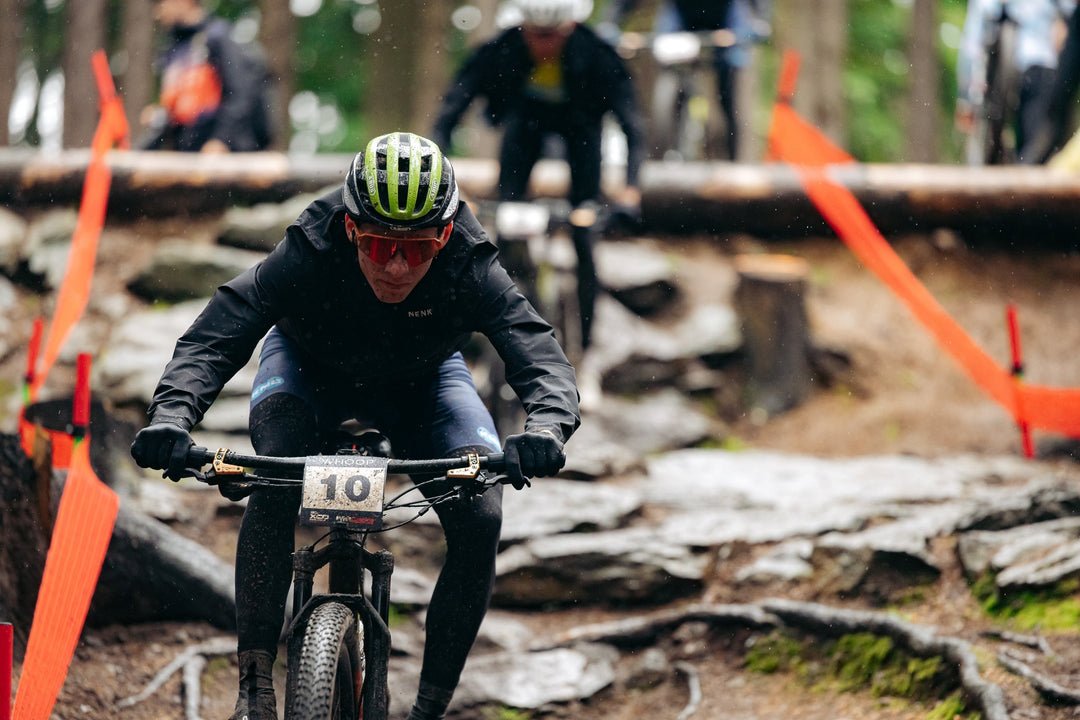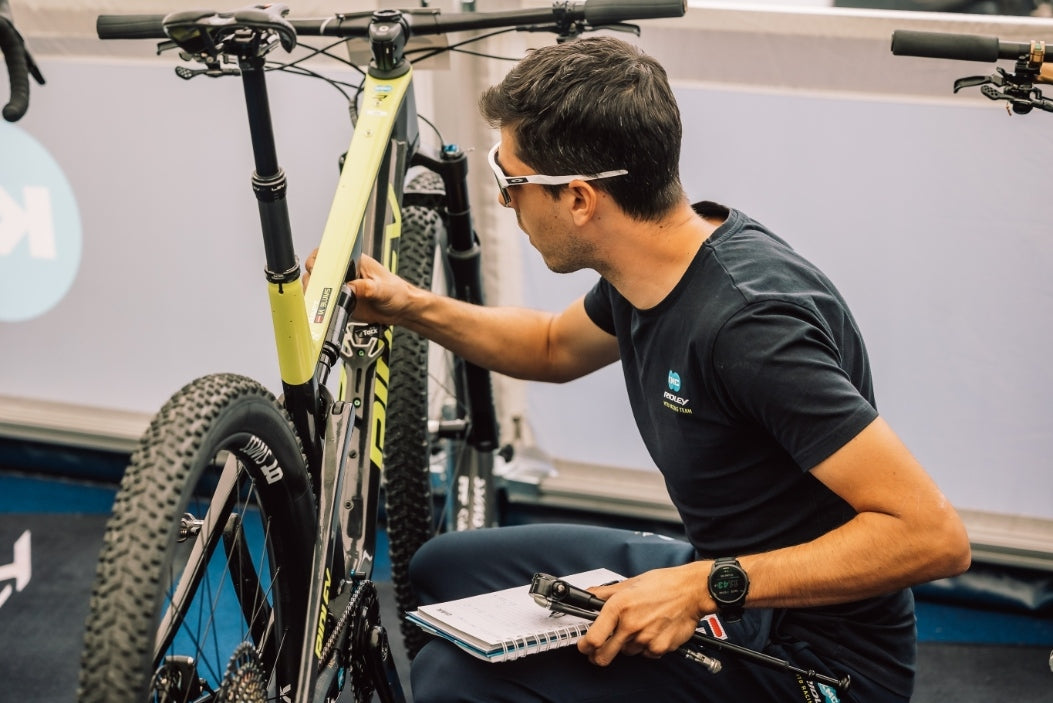How Bike Tuning Affects Maintenance and Durability

Tuning Your Bike: Debunking Myths and Maximizing Performance
Tuning can be a divisive topic, with varied opinions and misconceptions. Many cyclists aim for high-performance bikes, but are often misled by incorrect advice. Modern bike components are lightweight, costly, and with short lifespans. However, effective tuning and maintenance can optimize their potential and extend durability.
We recently held an "MSMechanic bike weekend" gathering where participants learned about self-maintenance tips that take minimal time but deliver significant benefits.
Bike tuning may include suspension adjustments, telemetry work, or even specific modifications such as optimizing oil viscosity, valve adjustments, or shim stack configurations. In some cases, simpler adjustments like modifying air volume or tokens may suffice.

Optimizing Bearings and Lubrication
Our bearing tuning approach uses precision tools and specific low-viscosity lubricants to reduce friction and heat. Tailored lubrication applications ensure components perform optimally.
Maintenance and Component Durability
Component durability largely depends on riding conditions like mud, rain, and cleaning methods. Muddy races and water exposure wear bearings faster, making thorough preparation essential for each ride.
Cleaning Techniques
We recommend high-pressure washing to minimize water use without damaging seals. Detergents and degreasers should be used sparingly on stubborn dirt. Our MSM lube prevents dirt buildup and cleans easily with just water and a cloth.
Long-Term Maintenance Strategy
A well-tuned bike will offer similar longevity to a bike serviced by standard methods, with minimal effort. We recommend a yearly rebuild with occasional minor services, depending on usage. Tuning suspension can lead to longer intervals between services, reduced maintenance costs, and improved ride performance. The true test lies in each ride or race experience! 😊






Leave a comment